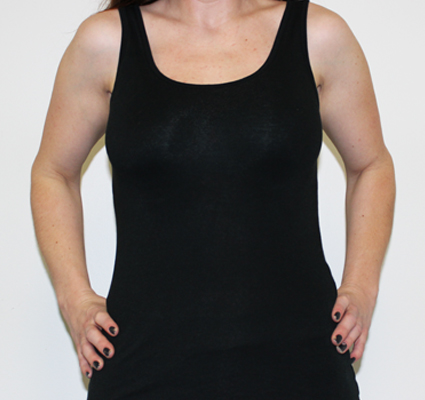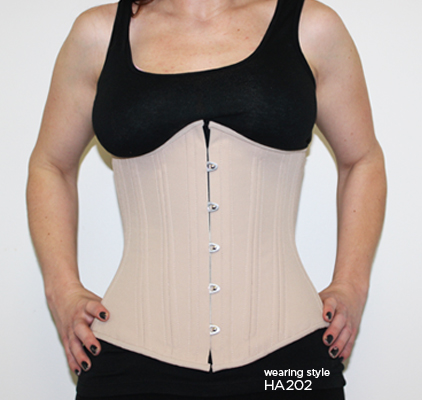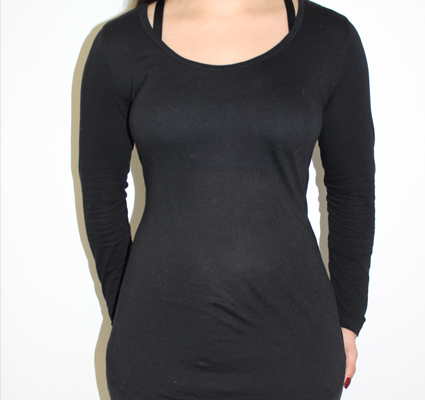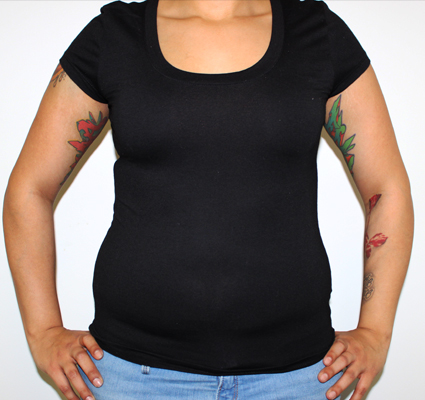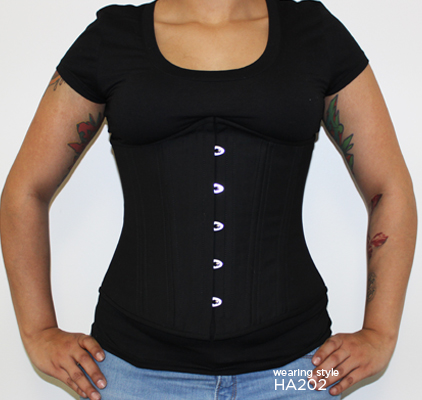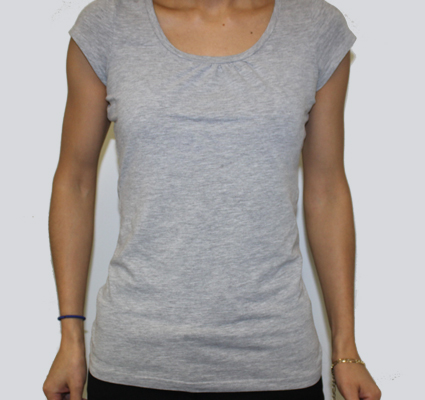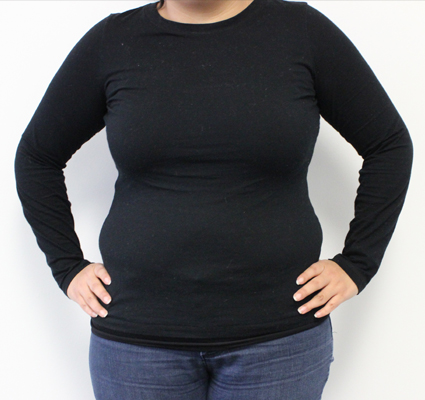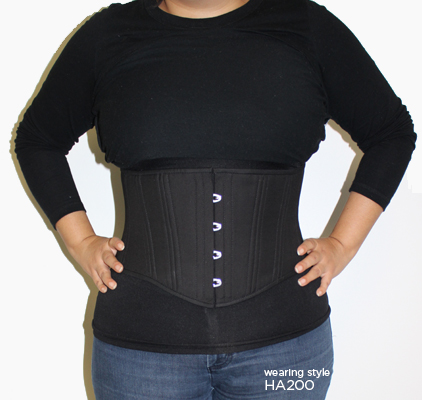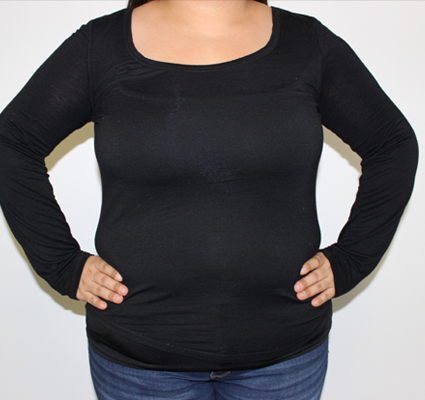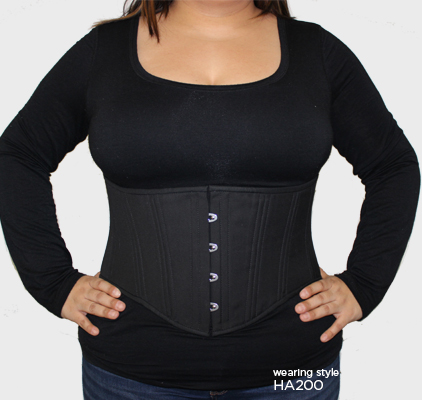COMPLETE GUIDE TO CORSETING
The practice of corseting has been used by women for hundreds of years. Naturally, we’re thrilled that it's still such a hot trend here in the 21st century – especially as corset designers are constantly releasing bold new styles that are sexier and more dramatic than ever. Getting started with corseting is a ton of fun, but there are a few things you should know first. We thought it would be helpful to provide some guidance for beginners, so read on to discover if corseting is for you and how to begin!

Defining corseting
Corseting is the process of wearing a corset daily to dramatically slim your waistline– either underneath other clothing or on display as part of a costume or special-occasion outfit. Hourglass Angel carries a variety of corsets, including postpartum corsets and bridal corsets, for every occasion in life. Corseting falls under the umbrella of “waist training,” so it can be used to supplement your long-term slimming regiments (i.e. a healthy diet and exercise), but generally, the term refers specifically to steel-boned corsets, as opposed to latex waist trainers.
What is a steel-boned corset?
A steel-boned corset is reinforced with—you guessed it—steel boning. This construction ensures that the garment is durable and effective for maximum slimming. It is laced in the back for an optimum fit that provides dramatic results. Don’t be intimidated by the word "steel." These thin, rod-like materials still have some flex, so that your midsection is compressed but not constricted.Without the steel boning, those dramatic hourglass curves would not be possible.

Corsets vs. cinchers
Steel-boned corsets should not be confused with latex cinchers (also known as waist trainers), although the concept is similar for both. While a steel-boned corset uses the boning and the tightening of the laces to slim the waistline, a cincher uses compression materials and a hook-and-eye closure for a similar effect. A corset will give you more dramatic slimming results, while a cincher can be a bit more versatile, as it can be easier to hide under clothing. Some waist cinchers are also designed specifically for use during workouts, as the latex helps increase your body heat and your perspiration.
Many women who are serious about waist training find that they enjoy using both cinchers and corsets! It can be very convenient to have several options to rotate through your wardrobe. See here for more about the differences between these garment styles.

How to choose the right size
Before you start corseting, you want to be confident that you are using a waist trainer that fits well. When measuring for your corset, use a vinyl or fabric measuring tape and find the narrowest part of your waist, which is typically a couple of inches above the belly button where there is a natural bend in your torso. Keep the tape flat but don’t pull it so tight that you can’t fit a finger underneath.
SIZING
Refer to the sizing chart on the corset you want to determine the best size. For most corsets, you’ll want to subtract 3–4 inches from your waist size to determine the corset size (if your waist is 30 inches, you’ll want a size 26 corset). When in doubt, go a size up, not down.
How do I put it on?
It’s a little tricky to lace up in a corset, so we advise using a mirror or getting assistance from someone. First, gently unroll the corset so that the laces are facing up. Pull them apart, loosening the X’s starting from the center. When you put it on, you know that the correct side is up when the hooks that clasp in front are on your right. It should be very loose when you clasp it; never pull or tug on the hooks when you fasten the front.
Next, pull the laces starting at the top and bottom and work your way towards the middle, pulling the loops as you go. The pull loops should be at the natural waist. Tie them when you’ve reached the desired tightness.
Breaking your corset in
It’s very important to season your corset, or break it in before you start wearing it. Put it on gently at first, without pulling the laces completely tight. Wear it for an hour or so each day, or for 2–3 days so that it molds to your figure. Then you can go ahead and lace it tightly.
This is very important to remember if you want to wear your corset for a special occasion. Just as you would want to break in a new pair of shoes, give yourself time to break in your corset before the big day. By the time it is seasoned, it should fit very snugly, the laces should get through the grommets easily, and there should be no gaps.
How tight?
Once your corset is seasoned, you can pull those laces as tight as they will go. One of the first things you'll notice when starting your corseting is how strong the compression is. It may feel tight during the first few wears, but your body becomes accustomed to it quite quickly. Stop wearing it immediately if you start to feel pain, shortness of breath or discomfort beyond the initial tightness.
Starting a waist training regimen
After you've chosen your corset and seasoned it, you can start wearing it on a regular basis slowly. Your body needs time to adjust to wearing it. Begin with just an hour or two a day and then work your way up. Once you are comfortable, we recommend corseting for eight hours a day or more for the best results.If you start by wearing a corset for one hour a day and then add a half hour each day, you should feel comfortable wearing it all day after a few weeks. They key to get the most out of waist training is consistency.
When you first start out, it can be uncomfortable as your body adjusts. But stick with it. Take a break in the middle of the day if you need to and then keep at it. For motivation, we highly recommend that you record your progress by taking your waist measurements as well as photos at least once a month. You can see other corseting results by exploring #BeTheHourglass on Instagram.
Maintain a healthy lifestyle
We recommend using a corseting regimen with a healthy lifestyle that includes 5–6 nutritious meals a day and working out. While you're wearing your corset, you might find yourself eating less because your abdomen is constricted, but it's important to mindfully consume the nutrients your body needs along with lots of water.
Remember that steel-boned corsets are not designed to work out in. For the best results, we highly recommend that you use a workout band waist trainer to amplify your workouts and continue your waist training during exercise.
Corseting results
Remember that everyone's body is different. If you're using corseting as part of your existing fitness goals, several factors will affect your results: lifestyle, diet, genetics and your commitment to corseting (see this post for more).
Here are several examples of what corsets can look like on different body sizes and types, courtesy of our lovely staff here at Hourglass Angel!
|
|
|
C. Hoffman Measurements: Waist - 26" -Hip - 39" - Underbust - 30" -Height 5'3''
Shop her favorite style: HA202
|
|
|
G. Chavez Measurements: Waist - 25" -Hip - 37" - Underbust - 29" -Height 5'4''
Shop her favorite style: HA202
|
|
|
J. Ruiz Measurements: Waist - 34.5" -Hip - 38" - Underbust - 33" -Height 5'4''
Shop her favorite style: HA202
|
|
|
Y. Lopez Measurements: Waist - 27" -Hip - 33" - Underbust - 28" -Height 5'3''
Shop her favorite style: HA202
|
|
|
|
M. Uriostegui Measurements: Waist - Waist - 36.5" -Hip - 46.5" - Underbust - 37" -Height 5'2''
Shop her favorite style: HA200
|
|
R. Uriostegui Measurements: Waist - 39" -Hip - 50" - Underbust - 40" -Height 5'1''
Shop her favorite styles: HA202 & HA200
Corset styling tips
If you’re not used to wearing a corset, you have some fun styling options ahead of you. Corsets can function as either undergarments or outerwear, depending on what style of corset you get.
Generally if you want to hide your corset under your clothing, you’ll want to choose outer fabrics that are not too thin or fitted; otherwise, the corset might show through. It may take a little bit of trial and error to determine which styles work best for you. See this article for stealth corseting tips.
If there’s a particular outfit that just isn’t working with your favorite corset, it can be very useful to have another latex waist trainer in your wardrobe that might be a little bit easier to hide. Plus you’ll want to give your corset a rest sometimes so you can keep it clean and maintain its shape. By rotating several different styles of waist trainers in your wardrobe, you can keep up your waist training regimen with a variety of style options.
And don’t forget that a corset can make a gorgeous statement piece when used as outerwear. Wear it with a feminine top or dress for some sexy vintage flair.

